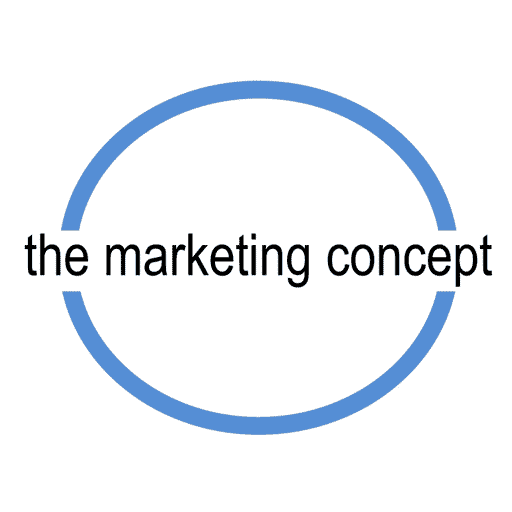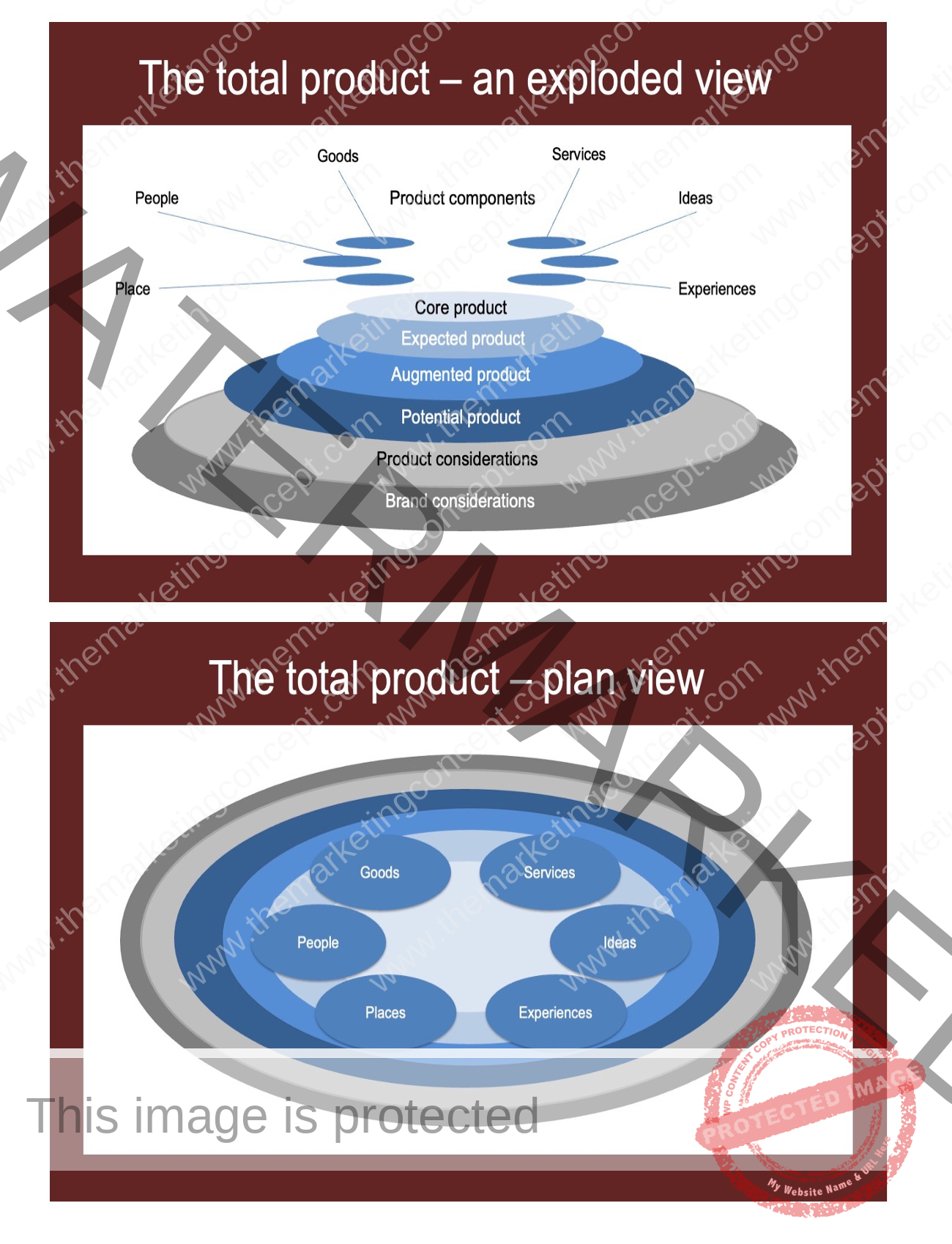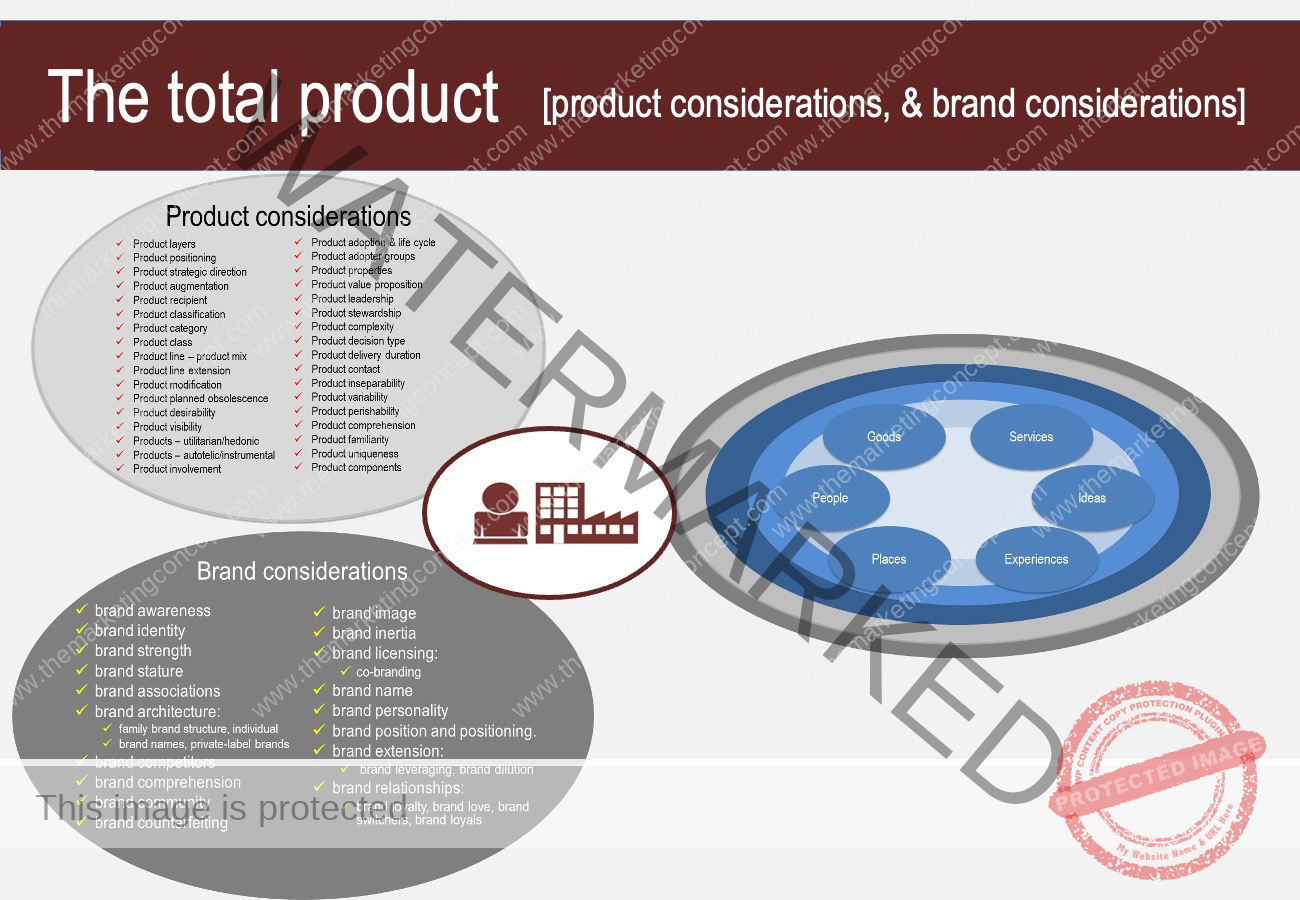
the total product
In this module we discuss the total product. The concept was originally introduced by Kotler and Levy (1969). Understanding the total product is critical as best satisfying products are central to the marketing concept and business success. The total product is the second of the 3 mega-marketing concepts.
It is also important to highlight that the buyer decision process, the total product, and the circle of satisfaction are all interrelated and come together to form the marketing concept. It would therefore be beneficial to try to consider them as both distinct concepts and as one larger concept.
On one-hand marketing helps customers satisfy their basic everyday needs, then at a higher level, it helps customers achieve their dreams, desires, and desires. To understand this better, we will explore products in detail, we call this the total product. The total product concept has been divided into 3 parts:
- Product considerations: the nature of the product, what a consumer and a marketing practitioner take into consideration when buying or designing and developing a product
- Product layers: holistically how a product is designed, developed, and delivered to a customer – what is core, what is expected, and how a product is augmented to distinguish it from competitors
- Product components: The elements or qualities that construct the product. The e-book will explore the 6 interactive product components [identified by product]; the product components are goods, services, ideas, experiences, people, and places. We will explore the product components in greater detail; however, the following is a brief overview:
- Goods: what we find on a supermarket shelf or in a department store
- Services: a visit to a hairdresser, dentist, accountant
- Ideas: the knowledge needed to buy and consume a product,
- Experiences: the anticipation, feelings and emotions of a product
- People: the people that facilitate and support a product
- Place: where the buying process takes place
In the previous diagram we see that the total product is built on two important layers. The bottom or foundation layer includes the brand considerations that marketing practitioners must work with and from an organisational perspective work towards. The next layer includes the product considerations [the P in COMP] that marketing practitioners must work with and from an organisational perspective work towards. With Brand considerations being the foundation layer we may infer that whilst consumers may buy products for the benefits a product delivers, organisations see brands as generally spanning a number of product models and therefore brands are often more enduring than a product.





